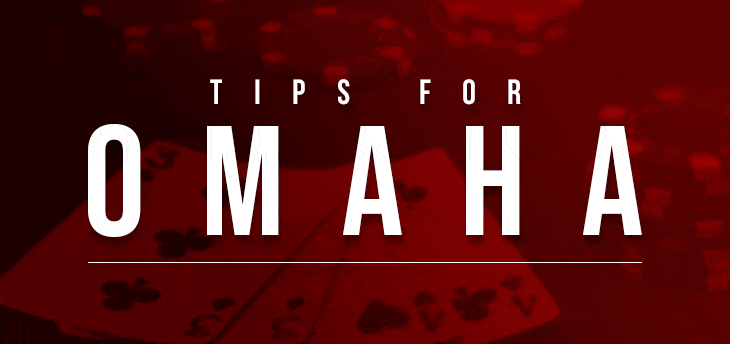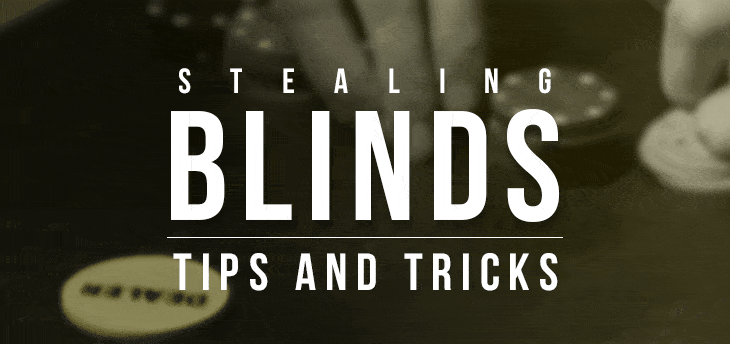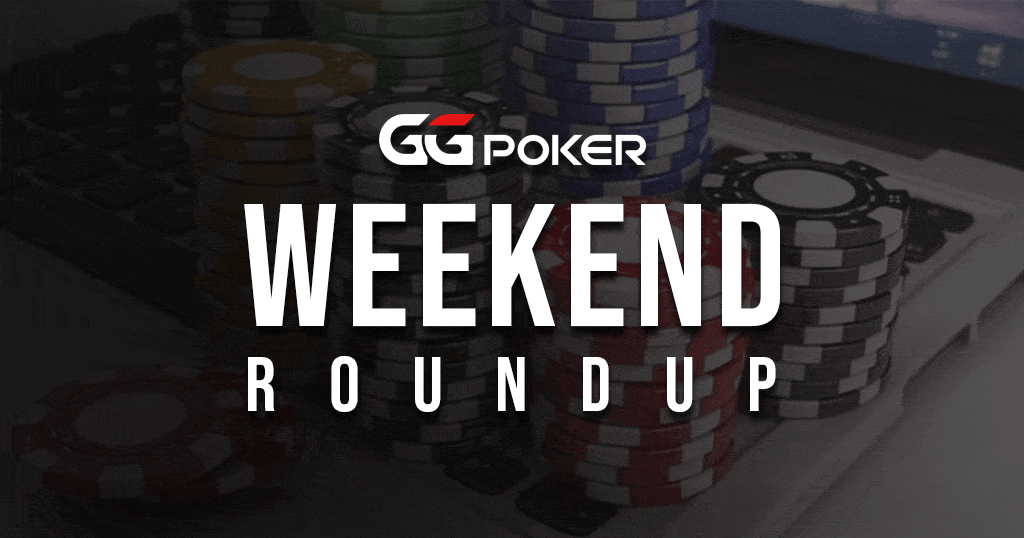How to Approach the Final Table in a Poker Tournament
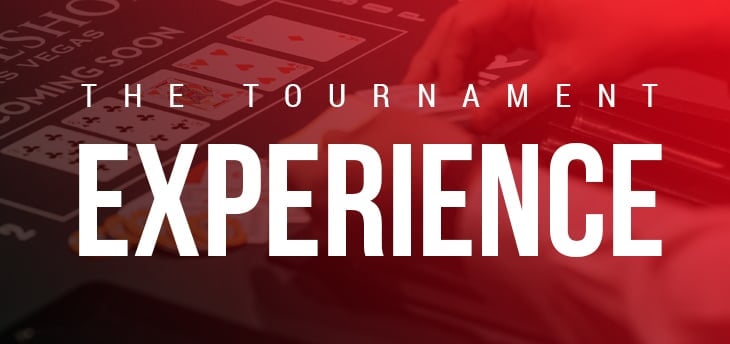
The final table of a poker tournament is where legends are made, and life changing winnings can be earned. Whether you’re playing in a local event, an online poker showdown, or the grand stage of a televised international event, reaching this stage is no small feat. So, how do you approach the final table to maximize your chances of success? Here’s an introductory guide that tackles strategy, mindset, and practical tips to help you thrive when it matters most.
Understand the Dynamics
The dynamics at the final table are vastly different from the earlier stages of a tournament. The stacks are generally deeper, the blinds are higher, and the pressure is immense. Each player’s strategy can and likely will change, and understanding these shifts is crucial. Begin by carefully observing the following elements:
- Stack Sizes: Adjust your play based on your stack size relative to others. Are you the chip leader or the short stack? As a chip leader, you can exert pressure on other players, while as a short stack, you might need to play more conservatively to survive.
- Player Tendencies: Who are the aggressive players? Who is playing too conservatively? Tailoring your strategy to exploit these behaviors can give you an edge. For example, if you identify a player who is overly aggressive, you might trap them by slow-playing strong hands.
- Payout Jumps: As players get knocked out, the remaining players make more money. Sometimes, it’s beneficial to play conservatively to climb the payout ladder, particularly when there are significant differences between prize levels.
Exploit the Short Stacks
Short stacks will often play conservatively at the final table, trying to ladder up in payouts. If you have a healthy stack, this is an opportunity to apply pressure, particularly in an online poker setting where play tends to be faster, and players are forced to make quick decisions. However, be cautious of desperate moves from the short stacks, such as sudden all-ins, which frequently indicate a strong hand.
A real-world example of exploiting short stacks can be seen in many professional tournaments. For instance, if a player like Phil Ivey, known for his aggressive style, observes a short stack playing conservatively, he is likely to raise more frequently in order to apply maximum pressure to them. This forces the short stacks to make difficult decisions with marginal hands.
Adjusting to the Table Dynamics
Final tables require a flexible approach to poker. If the table is aggressive, consider tightening up and capitalizing on strong hands by trapping more aggressive players. Conversely, if the table is tight, increase your aggression to steal blinds and slowly build your stack.
Take the example of a player like Daniel Negreanu, who is known for his adaptability. In an aggressive table environment, Negreanu might tighten his range and look to trap aggressive players. In a tighter environment, he might open up his range and increase his bluffing frequency to accumulate chips without having to see many showdowns.
Position Is Key
More than ever, position matters at the final table in poker tournaments. Being in a late position allows you to see how other players react before you have to make your decision, giving you more control over the pot size and more information to work with. Use this to your advantage by playing more hands from a late position and fewer from an early position.
For example, a player like Vanessa Selbst might use her position to control the pot size and apply pressure on her opponents. By playing more hands in a late position, she can exploit the information she gathers from her opponents’ actions, making more informed and strategic decisions
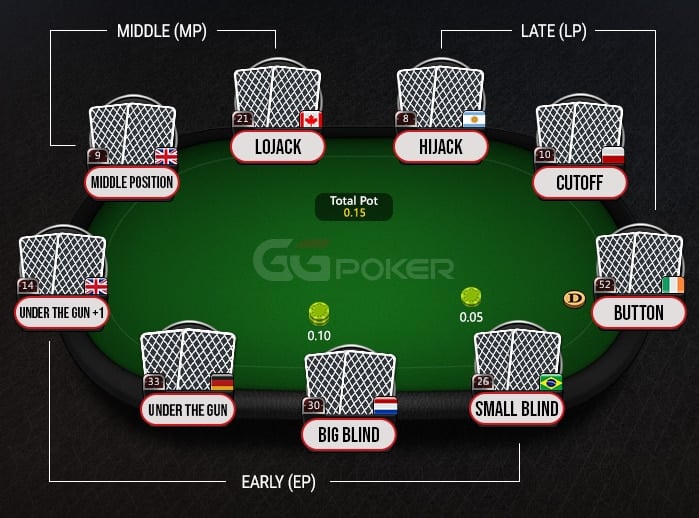
Mental Toughness
The psychological aspect of making it to the final table cannot be overstated. Maintain focus, manage your stress, and keep your emotions in check. Both fatigue and adrenaline can be factors at the final table, especially in longer tournaments. It is vitally important to stay mentally sharp and patient.
A notable example is Chris Moneymaker, whose calm demeanor and mental resilience helped him win the 2003 WSOP Main Event. Despite the pressure of being an amateur at the final table, Moneymaker maintained his composure, which was key to his historic victory.
Know When to Make a Deal
Sometimes, making a deal at the final table can be beneficial, especially in high-stakes games where the monetary difference between the top spots can be significant. Understand when it’s good to propose a deal or accept one from another player. This usually depends on the relative chip counts, the payout structure, and the skill level of the remaining players.

Practice Makes Perfect
The best way to prepare for final table play is through experience. You can gain experience through practice, and the best way to practice is by participating in as many poker tournaments as possible, ideally near where you live. Each tournament provides learning opportunities and helps you get comfortable with the pressures of a final table. Online poker platforms also offer tournament simulations that can be invaluable in honing your strategies.
Conclusion
Approaching the final table in a poker tournament is as much about skill and strategy as it is about mindset and adaptability. By understanding table dynamics, exploiting player tendencies, and maintaining a robust mental state, you can significantly increase your chances of success. Remember, every decision counts, and in the realm of poker, patience and persistence are your best bets. So, remember these tips next time you’re seated at a final table, adjust your strategy accordingly and play to win. Whether you are in a casino or an online setting, the final table is your stage to shine.

